Yompai musings
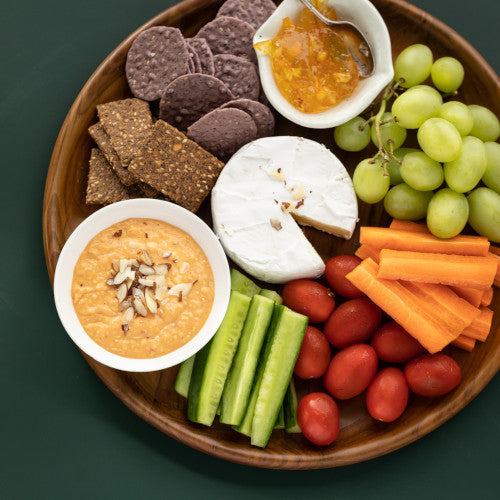
Wooden Platters
I love wooden platters, the aesthetics of the grains and wood colourings. They are a great way to serve a variety of different foods, everything from snacks and appetizers to desserts.
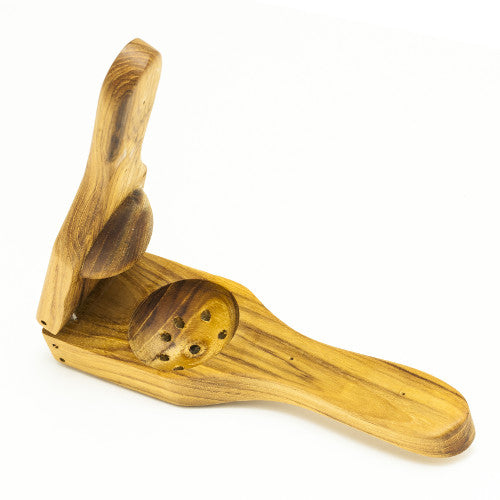
Squeezing lemons
Using a wooden lemon and lime squeezer is a simple and effective way to make lemon or lime juice, for drinking or cooking.
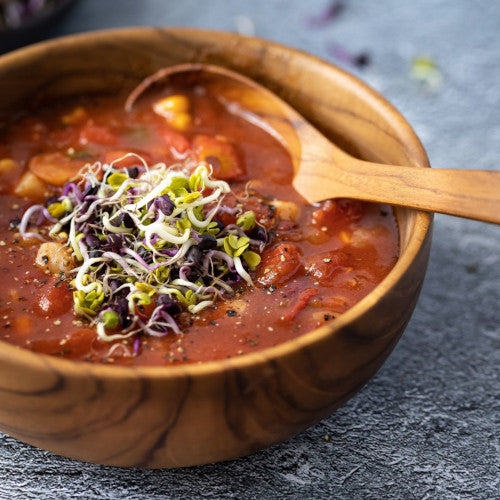
Why is Teak wood naturally waterproof?
If you are looking for sustainable and environmentally friendly wooden utensils, then Teak wooden utensils are hard to go past. They are very strong, very durable and long lasting.
But perhaps the main reason for their being such great wooden utensils is that Teak wood is known for being naturally waterproof. .
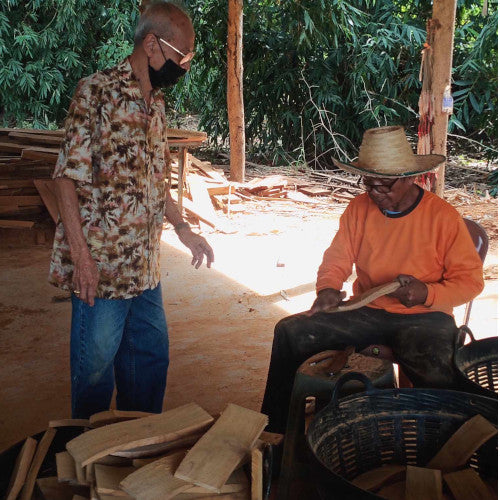
Simple communities but wonderful craftsmen
Each piece of our wooden utensils are hand crafted, each piece is unique. For the villagers who create the wooden spatulas and wooden bowls, it is about crafting high quality pieces. About working in and with community. There will not be two wooden spoons or wooden bowls that are identical, each will have slight variations and distinctive features.
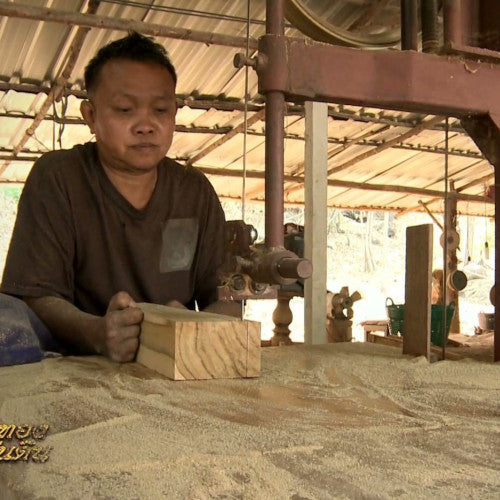
From Slash and Burn to Sustainable Communities
What does it mean for something to be sustainable? Is it only an environmental issue or should sustainability encompass the people who live in that environment also.
The people of Baan Lek and surrounding villages have been developing a model for themselves where people and land work together.
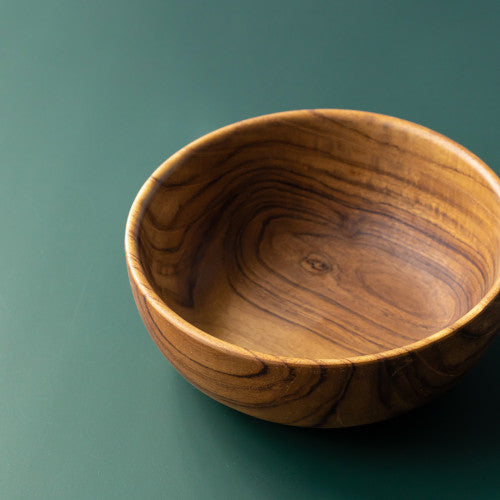
Wooden Kitchen Utensils and Sustainable Practices
Why is sustainability such a key part of our wooden bowls and platters and what do we mean by our wooden kitchen utensils are sustainable?

Wooden Toast Tongs - not a new thing
If you have ever burnt your fingers trying to get bent or broken toast out of the toaster you know how much of a lifesaver wooden toast tongs are.

How do I care for my wooden bowls and spoons?
How do I care for my wooden spoon or wooden bowl? One of the most asked questions.

Why choose a Teak wooden bowl?
Choosing a bowl for your kitchen or table is very personal and will also depend on the reason for buying or using it. Some things are better in glass bowls or ceramic bowls or even metal bowls. But there are some very good reasons to consider wooden bowls and especially Teak wooden bowls.

Wooden Spatulas are incredibly versatile
We love wooden spatulas, they are one of our go to kitchen utensils. They are incredibly versatile and are useful in all sorts of ways.

Are there health benefits in using wooden utensils?
Increasingly people are becoming aware of the health benefits of using wooden kitchenware and wooden utensils. Both for personal health and health of the environment. There are a range of health benefits in using natural, sustainable wooden bowls, wooden spatulas, wooden spoons.

Cooking Chopsticks
Cooking Chopsticks are an increasingly popular way of cooking. Some of the ways you can cook with them include stir fries, omelettes, dumplings and pancakes.